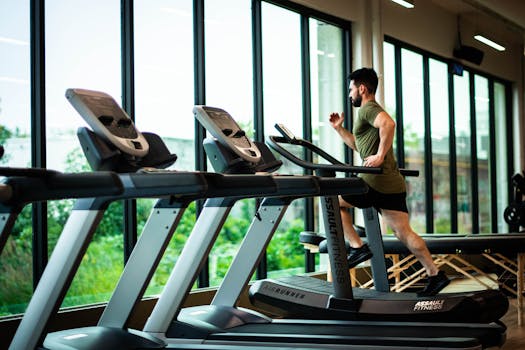
Introduction
Seoul’s Olympic Park is a paradise for runners, offering a perfect blend of nature, history, and modern amenities. Whether you’re a dedicated athlete or a casual jogger, this guide will help you make the most of your running experience in Olympic Park.
Getting There
Olympic Park is conveniently located in Songpa-gu, eastern Seoul. It is easily accessible by public transportation:
- Subway: Exit 3 at Mongchontoseong Station (Line 8) or Exit 1/2 at Olympic Park Station (Line 5).
- Bus: Various city buses stop nearby.
Best Running Routes
The park features several scenic routes suitable for all levels. Here are some popular options:
- Peace Square Loop (2.5 km): Circle the main plaza, enjoy open spaces and fountains.
- Lake Loop (4.5 km): Run around Mongchon Lake for beautiful waterfront views.
- Full Perimeter Course (7-8 km): Explore the entire park, passing sports venues and art installations.
Highlights Along the Way
- World Peace Gate: Start or finish your run at this iconic Seoul landmark.
- Sculpture Park: Enjoy unique art pieces scattered throughout the park.
- Wildflower Garden: Run through colorful paths, especially beautiful in spring and autumn.
Facilities
Olympic Park offers excellent facilities for runners:
- Clean restrooms and water fountains.
- Locker rooms and shower facilities (located near the main stadium).
- Cafes and convenience stores for post-run snacks.
Tips for Runners
- Visit early morning or late afternoon to avoid crowds and heat in summer.
- Bring your own water bottle for convenience.
- Respect other park visitors—some paths are shared with cyclists and walkers.
Conclusion
Running in Olympic Park is a memorable experience for anyone in Seoul. With diverse routes, plentiful amenities, and beautiful scenery, it’s the perfect spot to lace up your shoes and enjoy a fulfilling run.
Comments
Post a Comment